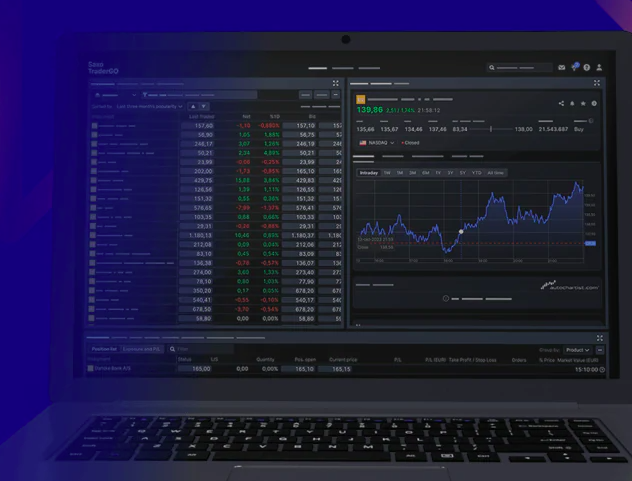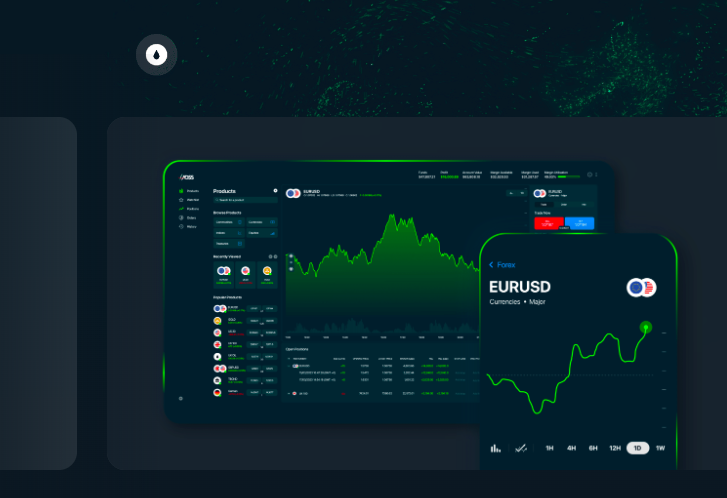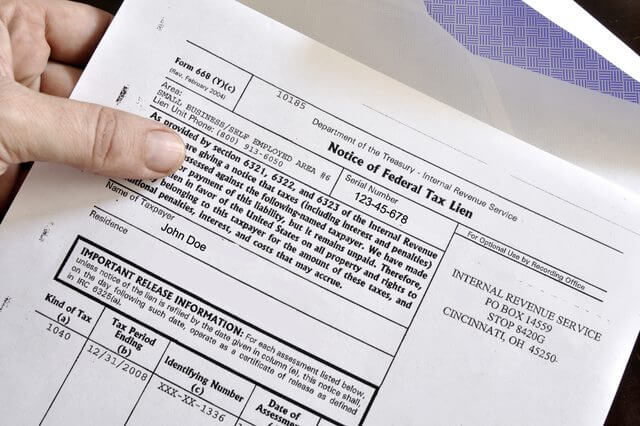Sula Vineyard is an Indian brand that has not only made a name for itself in the world of wines and spirits but has also gained recognition for its innovative approach to business. Investors and enthusiasts alike are closely monitoring the company’s share price, prompting a closer look into the dynamics that could shape its future. Beyond its vineyards and cellars, Sula Vineyard has set its sights on a different kind of stage, one that resonates with music, sports, and opportunities. With a growing presence in the premium and elite wine segments, the company is embarking on a unique journey that seeks to seamlessly blend wine with music festivals and explore the grandeur of events like the IPL and the World Cup. Let’s embark on a journey through Sula Vineyard’s market evolution and its ambitious aspirations for the future.

About Sula Vineyard
Established in 2003 by Rajeev Samant, Sula Vineyards Limited became India’s largest wine producer and seller by March 31, 2022. Their diverse portfolio includes brands like RASA, Dindori, with “Sula” leading the way. Rajeev Samant’s journey into the wine world began at Stanford University and working at Oracle in California. However, when he returned to India in the early ’90s, grapes and wine weren’t on his mind. In 1996, Rajeev founded Sula Vineyards, naming it after his mother, “Sulabha,” to honor its rich Indian heritage. As the first Indian company with an Indian logo, Sula takes immense pride in its roots.
Sula Vineyards operates in two main areas. The “Wine Business” covers wine production, imports of wines and spirits, and distribution. The “Wine Tourism Business” offers unique experiences, inviting wine enthusiasts to explore vineyard resorts and tasting rooms, deepening their connection with wine.
Notably, Sula Vineyards holds a significant market share across various price segments in India’s wine industry and exports to over 20 countries. They are also managing ongoing legal proceedings involving a total of Rs 125.07 crore in these litigations. Despite these challenges, Sula remains committed to sharing the joys of wine with enthusiasts worldwide.
Q1 Fy2024 Key Points And Summary:
- Record Q1 Growth: Sula Vineyards achieved record-breaking Q1 results, with a 22% revenue growth compared to the previous year.
- Own Brands Lead: Their own brands segment excelled, with a remarkable 30% increase in revenue.
- Steady EBITDA: Sula maintained a strong EBITDA margin of 27%, showcasing solid financial management.
- Premium Wine Surge: Premium wines saw a surge of over 35% in value and 30% in volumes.
- Wine Tourism Thrives: Wine tourism revenue grew by 12%, and the company expanded its resorts with 27 new rooms.
Recent News
- Sula Vineyards Faces Rs 116 Crore Excise Duty Notice from Maharashtra Excise Department (2 Aug)
- Sula Vineyards Reveals Ambitious Expansion: Scaling Production to 18.5 Million Litres to Compete with Australian Winemakers on Pricing
Shareholding Pattern Analysis
- Promoters: They own around 27.33% of the company’s shares, and this percentage hasn’t changed much recently.
- FIIs (Foreign Institutional Investors): They used to have about 7.42% of the shares, but it went down a bit to 5.86%. In June 2023, it increased a bit to 6.78%.
- DIIs (Domestic Institutional Investors): These are local companies or groups who invest in the company. They used to have about 8.86% of the shares, and it increased to 11.76% over the year. In June 2023, it decreased a bit to 10.23%.
- Public: They own the majority of shares, around 56.39%. It decreased a bit to 55.06% but then went up to 55.73% in June 2023.
- No. of Shareholders: In December 2022, there were 2,08,138 shareholders. By March 2023, this number went down to 1,51,880, and in June 2023, it decreased even more to 1,33,957.
Sula Vineyard Share Price Target 2023 To 2030
Sula Vineyard Share Price Target 2023
| When | Maximum Price | Minimum Price |
| October 2023 | ₹513.53 | ₹466.84 |
| November 2023 | ₹503.46 | ₹457.69 |
| December 2023 | ₹520.07 | ₹472.79 |
- Maximum Price for the Year: The highest price is expected to occur in December 2023, reaching ₹520.07.
- Minimum Price for the Year: The lowest price is expected to occur in October 2023, which is expected to be ₹466.84.
Our analysis suggests an expected downward trend with some month-to-month fluctuations and notable price volatility. Within this expected downward trend, we anticipate fluctuations. Prices are not expected to steadily decline each month. For example, while October is expected to have the lowest minimum price, we anticipate a slight increase in November, followed by another expected drop in December. For anyone interested in investing or tracking this item’s performance, it’s important to closely monitor these expected price trends.
In the current market, we expect this stock to have a market cap of ₹4,091 Crores and to trade at ₹485 per share. Its P/E ratio is expected to stand at 43.8, indicating anticipated investor confidence in its earnings potential. The median P/E for this stock is expected to be 46.7, aligning it with sector norms for valuations.
Sula Vineyard Share Price Target 2024
| When | Maximum Price | Minimum Price |
| January 2024 | ₹530.69 | ₹461.47 |
| February 2024 | ₹541.52 | ₹470.89 |
| March 2024 | ₹552.57 | ₹480.50 |
| April 2024 | ₹536.48 | ₹466.50 |
| May 2024 | ₹528.55 | ₹459.61 |
| June 2024 | ₹547.58 | ₹476.15 |
| July 2024 | ₹542.10 | ₹471.39 |
| August 2024 | ₹563.78 | ₹490.25 |
| September 2024 | ₹586.33 | ₹509.86 |
| October 2024 | ₹574.84 | ₹499.86 |
| November 2024 | ₹592.08 | ₹514.85 |
| December 2024 | ₹606.89 | ₹527.73 |
In the year ahead, we anticipate a clear upward trend in both maximum and minimum prices. We expect the maximum to begin at ₹530.69 in January and steadily increase month by month, reaching an expected ₹606.89 in December. Similarly, we expect the minimum price to start at ₹461.47 in January and rise to an expected ₹527.73 by December.
During the second half of the year, starting from July onwards, we anticipate a noticeable and consistent performance improvement with prices steadily rising, particularly in August and September. As the year comes to a close, December is expected to mark the pinnacle, with an expected maximum price of ₹606.89 and an expected minimum price of ₹527.73.
Sula Vineyard Share Price Target 2025
| when | Maximum Price | Minimum Price |
| January 2025 | ₹619.02 | ₹476.17 |
| February 2025 | ₹634.90 | ₹488.38 |
| March 2025 | ₹659.66 | ₹507.43 |
| April 2025 | ₹646.72 | ₹497.48 |
| May 2025 | ₹627.89 | ₹482.99 |
| June 2025 | ₹656.14 | ₹504.72 |
| July 2025 | ₹643.27 | ₹494.83 |
| August 2025 | ₹663.17 | ₹510.13 |
| September 2025 | ₹686.38 | ₹527.99 |
| October 2025 | ₹704.23 | ₹541.71 |
| November 2025 | ₹721.83 | ₹555.26 |
| December 2025 | ₹739.88 | ₹569.14 |
- Highest Maximum Price: In December, it is expected that the maximum price will reach its peak at ₹739.88.
- Lowest Minimum Price: In January, it is expected that the minimum price will be at its lowest point for the year at ₹476.17.
Although there is an overall expected upward trend, periodic fluctuations are expected within the trend. For instance, we expect occasional dips in both maximum and minimum prices in months like April and July. However, these expected downturns are temporary, and we expect the prices to quickly recover.
Sula Vineyard Share Price Target 2026 To 2030
| Year | Maximum Price (₹) | Minimum Price (₹) |
|---|---|---|
| 2026 | ₹776.87 | ₹543.81 |
| 2027 | ₹854.56 | ₹598.19 |
| 2028 | ₹1,196.38 | ₹598.19 |
| 2029 | ₹1,035.83 | ₹517.91 |
| 2030 | ₹1,346.58 | ₹942.60 |
Over the years, there is an expected noticeable pattern of increasing prices for this asset. In 2026, it is expected that the maximum price will reach ₹776.87, while the minimum is expected to be ₹543.81. Moving to 2027, it is expected that both the maximum and minimum prices will see a significant rise, with the maximum price expected to hit ₹854.56 and the minimum expected to be ₹598.19. In 2028, prices are expected to continue to surge, with the maximum price expected to reach ₹1,196.38, while the minimum is expected to remain at ₹598.19. In 2029, it is expected that the maximum price will be ₹1,035.83, and the minimum is expected to be ₹517.91. Finally, in 2030, it is expected that the highest price recorded will be ₹1,346.58, and the lowest is expected to be ₹942.60.
For investors and individuals tracking this asset, the expected consistent upward trend in prices indicates potential long-term value.
Sula Vineyard Financial Condition (Last 5 Years)
| Mar 2019 | Mar 2020 | Mar 2021 | Mar 2022 | Mar 2023 | |
| Sales + (In Crore INR) |
501 | 387 | 306 | 390 | 493 |
| Expenses + (In Crore INR) |
423 | 333 | 249 | 283 | 336 |
| Operating Profit (In Crore INR) |
78 | 54 | 57 | 107 | 156 |
| OPM % | 16% | 14% | 19% | 27% | 32% |
| Other Income + (In Crore INR) |
3 | 0 | 0 | 3 | 5 |
| Interest (In Crore INR) |
24 | 31 | 32 | 21 | 19 |
| Depreciation (In Crore INR) |
19 | 34 | 25 | 22 | 24 |
| Profit before tax (In Crore INR) |
38 | -12 | 0 | 66 | 118 |
| Tax % | 49% | 32% | -130% | 26% | 25% |
| Net Profit + (In Crore INR) |
20 | -8 | -1 | 49 | 88 |
| EPS in Rs | 13.07 | -5.42 | -0.42 | 6.22 | 10.48 |
| Dividend Payout % | 0% | 0% | 0% | 39% | 80% |
In this financial analysis spanning from March 2019 to March 2023, we delve into the key metrics reflecting the company’s performance and financial health.
- sales: Sales revenue fluctuated but increased from ₹501 in March 2019 to ₹493 in March 2023.
- Expenses: Expenses generally rose but decreased in March 2021.
- Operating Profit (OP): It fluctuated but increased, reaching ₹156 in March 2023, indicating improved efficiency.
- Other Income: It increased to ₹5 in March 2023, contributing to profit.
- Profit Before Tax (PBT): It grew positively, reaching ₹118 in March 2023.
- Tax Percentage: After a negative in March 2021, it returned to positive figures, decreasing to 25% in March 2023.
- Net Profit: Improved from ₹20 in March 2019 to ₹88 in March 2023.
- Earnings Per Share (EPS): Increased from negative in March 2020 to ₹10.48 in March 2023.
- Dividend Payout: Rose significantly from 39% in March 2022 to 80% in March 2023.
In summary, the company showed growth in sales, profitability, and dividend distribution over these five years, with improved efficiency and profitability indicators.
FAQs
What is Sula Vineyard’s current market capitalization?
Sula Vineyard is currently valued at ₹4,091 Crores in terms of market capitalization.
What is Sula Vineyard’s share price?
On September 18th, Sula Vineyard’s share price is ₹485.
What is Sula Vineyard’s Return on Equity (ROE) over various time frames?
Sula Vineyard’s Return on Equity (ROE) averaged 8% over the past 5 years, reflecting steady performance. However, in the last 3 years, ROE improved to 12%, and in the most recent year, it surged to 18%. The latest available data shows an ROE figure of 18.3%.
What Is The Share Price Target For Sula Vineyard By 2025?
The target share prices for the year 2025 exhibited a consistent upward trajectory, starting at ₹476.17 in January and reaching ₹569.14 in December.
What Is The Share Price Target For Sula Vineyard By 2030?
The target share prices for the year 2030 range from ₹517.91 to ₹1,346.58.
Should One Invest In Sula Vineyard?
Sula Vineyard presents an investment opportunity with both strengths and weaknesses. On the positive side, the company has showcased robust profit growth, boasting an impressive 36.8% Compound Annual Growth Rate (CAGR) over the past five years. This indicates its consistent ability to generate earnings, which could attract investors focused on growth. Moreover, Sula Vineyard maintains a healthy 39.4% dividend payout, making it appealing to income-oriented investors. The improvement in debtor days from 97.8 to 77.6 days also reflects efficient management of receivables, enhancing cash flow. Sula Vineyards’ strategic efforts to enhance wine awareness and consumption through tastings, partnerships, and events could potentially boost profitability. Expectations of approximately 27% Earnings Before Interest, Taxes, Depreciation, and Amortization (EBITDA) margins and expansion into Tier 1 and Tier 2 cities provide reasons for optimism.
However, there are downsides to consider. The stock is currently trading at a relatively high valuation of 7.35 times its book value, which could signal overpricing. Furthermore, the company has reported modest sales growth of 3.34% over the past five years, raising concerns about its ability to expand its market and generate revenue. The relatively low promoter holding at 27.3% may indicate less control and commitment from the founders. Additionally, Sula Vineyard’s low 12.0% return on equity (ROE) over the last three years suggests inefficient utilization of shareholders’ equity.
In summary, Sula Vineyard presents potential for profit and income due to its impressive profit growth and healthy dividend payout. However, the stock’s high valuation, limited sales growth, low promoter holding, and low ROE come with inherent risks. Potential investors should conduct thorough research, assess their investment goals and risk tolerance, and consider diversification. Seeking guidance from a financial advisor can provide valuable insights for a well-balanced investment strategy.











